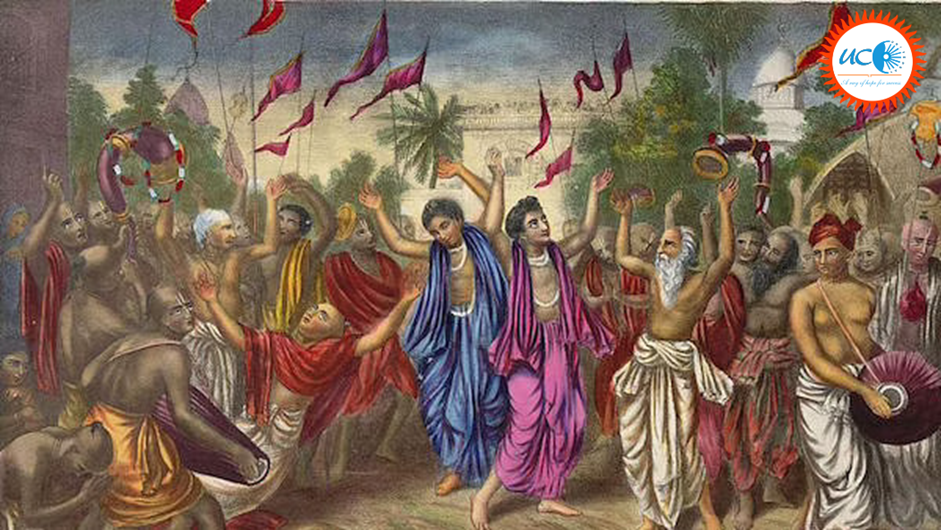Evaluate the nature of Bhakti Literature and its contribution to Indian culture. (150 words)
Approach
- Start with briefly explaining the Bhakti period and its literature.
- Evaluate the nature/characteristics of Bhakti literature.
- Explain contribution of Bhakti literature to Indian culture.
- Briefly conclude by writing the impact of the Bhakti period as a whole.
Introduction
The development of the Bhakti movement took place in Tamil Nadu between the seventh and twelfth centuries. Originally began in South India in the 9th century with Shankaracharya spread over all parts of India and by the 16th century was a great spiritual force to reckon with, especially after the great wave made by Kabir, Nanak and Shri Chaitanya.
Body
Nature of Bhakti Literature
- Inter-religious Harmony: Bhakti and Sufi supported each other and various sufi saints recitation found place in Sikhs’ religious canons. Shri Guru Granth Sahib incorporated teachings of Kabir.
- Spread of Bhakti cult due to adoption of vernacular languages which was easi to be understood by masses.
- Inclusive Literature: It preached for removal of sectarianism and casteism. The Bhakti literature called for inclusion of?castes and out-castes.
- Against unorthodox rituals of the traditional society.
- Muslim poets Daulat Kazi and Sayed Alaoal wrote poems that were a cultural synthesis of Hinduism and Islam.
Contribution of Bhakti literature
- Growth of Vernacular languages: The Bhakti literature promoted the growth of vernacular language in different parts of the country.
In eastern Uttar Pradesh Sufi saints, such as Mulla Daud, the author of ‘Chandayan’, Malik Muhammad Jaisi, the author of ‘Padmavati’ wrote in Hindi and put forward Sufi concepts in a form which could be easily understood by the common man. - Amongst the eastern group of languages, Bengali was used by Chaitanya and by the poet Chandidas, who wrote extensively on the theme of the love of Radha and Krishna.
- It was also a Bhakti leader Shankaradeva, who popularized the use of the Assamese in the Brahmaputra valley in the 15th century. He used an entirely new medium to spread his ideas.
- In today’s Maharashtra, Marathi reached its apogee at the hands of saints like Eknath and Tukaram.
- Other prominent saints like Kabir, Nanak, and Tulsidas contributed enormously to regional literature and language with their captivating verses and spiritual exposition.
- Emergence of a new cultural tradition with the influence of Bhakti and sufism.
- Also emergence of new sects like Sikhism, Kabir panth etc.
- Philosophical Growth:Post-Vedanta ideas were explored by Madhvacharya through his Dvaitadvaita,Ramanujacharya in his Vishishta Advaita etc.
As a literary movement, it liberated poetry from singing the praises of kings and introduced spiritual themes. From a style point of view, it introduced simple and accessible styles like vachanas (in Kannada), saakhis, dohas and other forms in various languages and ended the hegemony of Sanskrit metrical forms.
The ideas of Bhakti movement continued to permeate the cultural ethos of the society through the enormous body of literature left by them. The congruence in their ideas not only saved us from the likely internecine conflicts but also built the spirit of tolerance. To appeal to the common masses, their messages were composed into songs, proverbs, and stories that led to the development of Awadhi, Bhojpuri, Maithili and a number of other languages.






